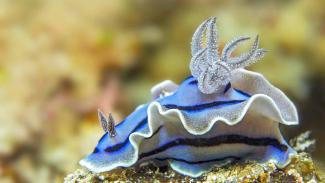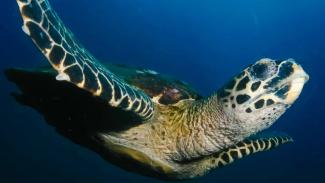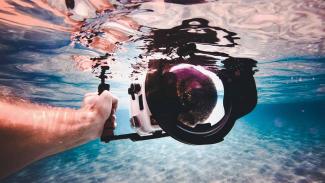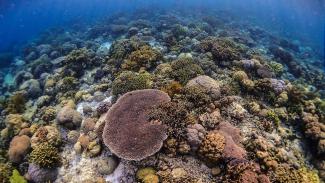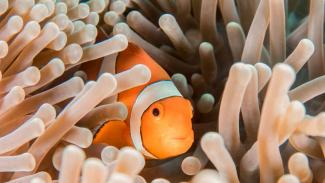
Tara North
Underwater photography can be a absorbing hobby. Every avid underwater photographer has had moments so lost in his own world that they momentarily forget about everything else around them.
But we photographers have a responsibility to behave ourselves underwater and set a good example.
Find out how with our guide to photo etiquette...
The dos...
Pay attention to your buddy
Your camera's great, but it isn't your buddy and it doesn't have feelings. You'd always like to think that your buddy is looking after you, so make sure you look after them too. Stay close, show them things, take an interest in what they show you and make sure you both have fun.
Give other photographers space
Quite often, you're not the only photographer on the dive site. No doubt you wouldn't appreciate someone was breathing down your neck while you try and get an award-winning shot. So make sure you pay others the same courtesy and give others space and time when they are photographing a subject. If it's a subject you both want to spend a little time with, maybe take it in turns so neither of you is left hanging around for too long.
Show then shoot
It's very easy to get excited when you see an interesting subject and rush towards it, forgetting about everyone and everything around you. Try to resist this urge though, as it's not too polite. Much better is to show your buddy or buddies, then reel off a few shots once they have had a look themselves.
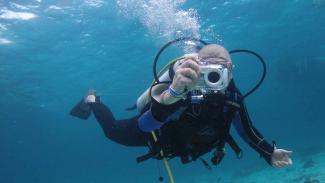
Tara North
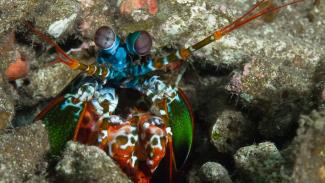
You might also enjoy...
Alor
Alor lies to the east of Flores & north of Timor Island. Divers who venture this far will be rewarded with exceptional diving away from the crowds.
The area is characterised by two main forms of diving - current swept dives with a high chance to find pelagics; and world-class muck diving.
Bohol
The island of Bohol lies just to the east of Cebu in the Viasayas region of the Philippines and is a popular island for tourists.
The area's diving is also a major attraction, with great macro life, plentiful turtles and lovely coral reefs. Good diving options are available on the west coast, and also the quieter south-east region of Anda.
Underwater housing care
Jakob Owens


